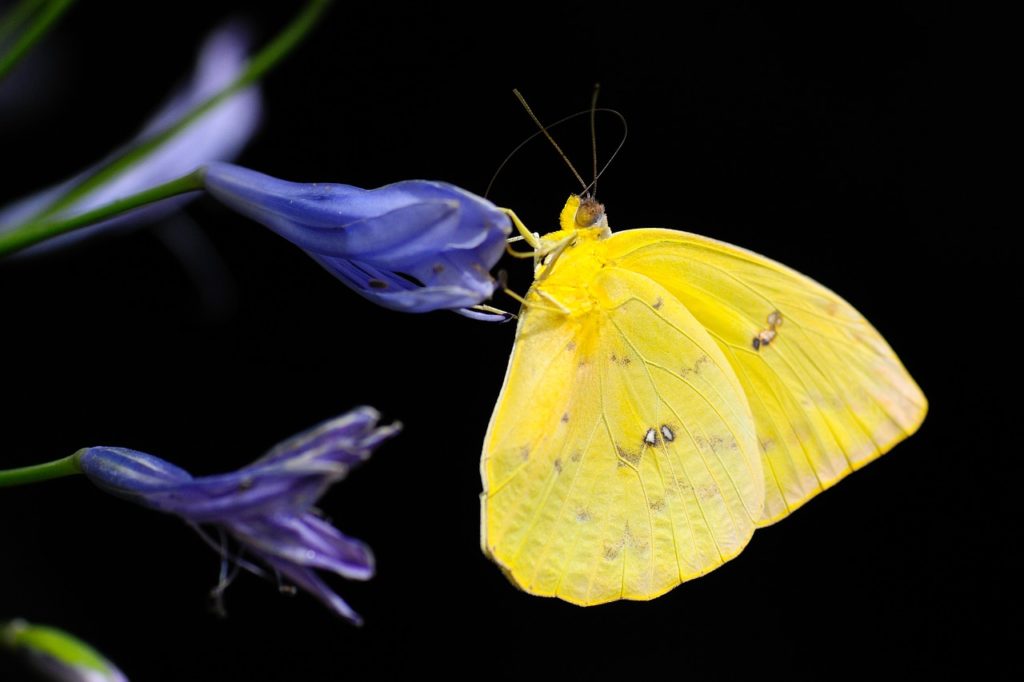
Butterfly Wings: How we can use nature to Learn about Flight? Butterflies are amazing flying insects with small, delicate, and fragile wings, but they are also excellent fliers. Some like Monarch butterflies are said to travel thousands of miles every year. Like bees, butterflies play a significant role in pollinating plants, so, they make our world so beautiful, but other than that, scientists have used their wings as an inspiration to create miniature-flying robots. You can learn too much about aerodynamics or flight from these beautiful creatures. One of the things you can investigate in your science project is to determine how changing the angles relative to the wind can change the lift force. Learning about such a principle can help understand how these beautiful creature survives, which is the first step of helping them.
Aerodynamics of Butterfly flights
The study of how air moves around an object, say wings are known as aerodynamics. The key aspect of aerodynamics is the lift and drag exerted on the object by air. Lift is a force the pushed the wings of the butterfly upwards, but for a butterfly to stay in the air, this lift must overcome the butterfly’s overall weight. Drag is the force that pulls the butterfly back but in a slow manner. To overcome a drag, the butterfly has to generate something known as thrust, which makes it seems like its pushing itself forward.
Many flying animals usually flap their wings, but some can also glide. Those that glide does so by sticking their wings like a paper airplane. Some can glide on air currently for a very long time, but butterflies are unique in that they usually glide for a short time between flapping their wings.
It is usually difficult to measure butterfly around, so, scientists have developed some artificial butterfly wings that mimic the real butterfly wings, and putting them in a wind tunnel. These tunnels make it possible to control the speed or the smoothness of airflow. The version of experience you can conduct at home is simple to this experience wind tunnels that most research uses, but it can help investigate some fundamental principles about flight or aerodynamic.
Building your wings and investigating the best angle for strongest lift
One principle that a student can investigate is the best angle for a butterfly to hold its wing at the strongest glide. This means investigating the amount of airlift when the wings are at different angles. In such a project, you can make paper butterfly wings of your choice on standard printer paper or cardstock. You can then put these wings into in a gliding position then use a fan to see the blowing airlifting the wings. The wings can be set on different scales, so when turning on the fan, the airflow from the fan can create a lift. Putting the wing at different angles and using the scale can help determine the strength of the lift on every angle. It is possible to test the best angle for the strongest lift. Such a test hypothesizes that the strongest lift will occur when there is less angle of attack.
